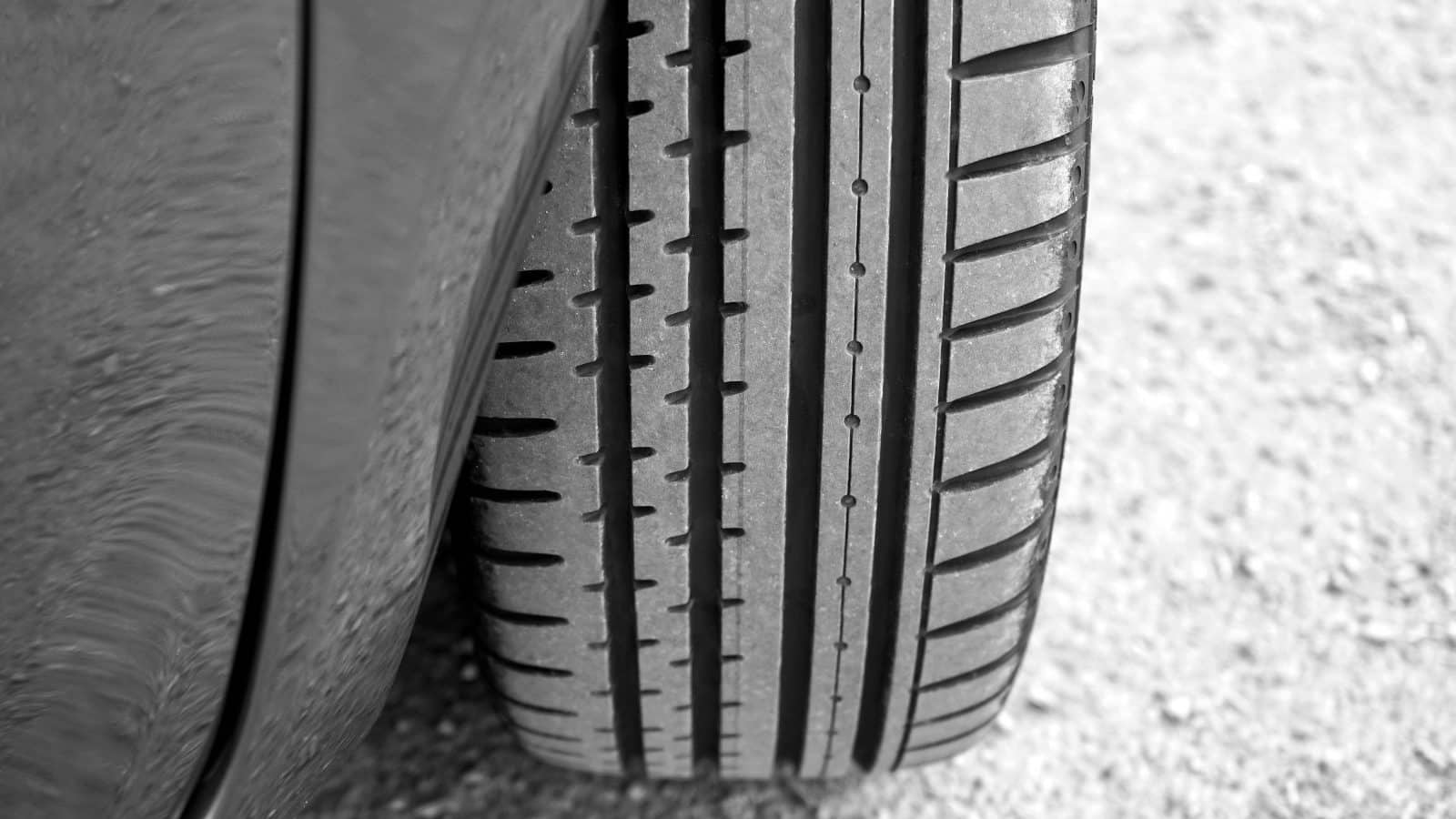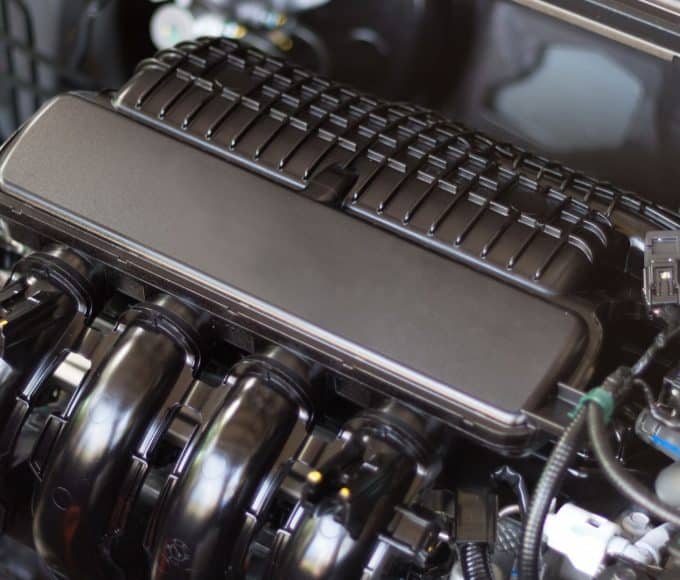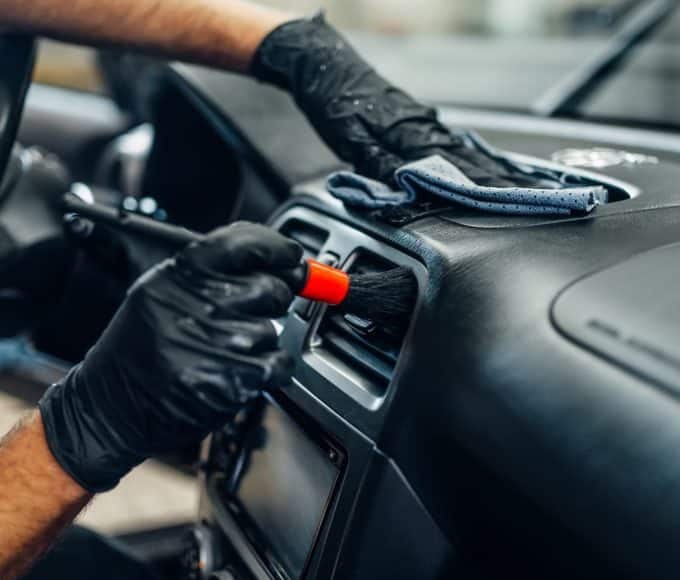Tires might not get much glory, but they’re the MVPs of your daily drives, road trips, and grocery runs.
While checking tread depth is a classic tire-care move, there’s more to spotting when it’s time for a change. Ignoring subtle signs can put your safety—and wallet—at risk.
So, how can you tell when your tires are past their prime? Let’s break it down.
1. Bulges and Blisters: A Tire’s SOS
Ever spotted a weird bump or bubble on your tire’s sidewall? This isn’t just a cosmetic quirk—it’s a cry for help.
Bulges or blisters usually occur when the tire’s internal structure is damaged, often from hitting potholes or curbs. This allows air to seep into the outer layers, creating a weak spot.
Why it’s risky: A bulging tire is at high risk of a blowout, especially at highway speeds. If you see one, don’t delay—replace it immediately for your safety.
2. Uneven Tread Wear: A Sneaky Clue
Uneven tread wear might look like one side of the tire wearing down faster or a patchy pattern across the tread. It’s often a sign of misaligned wheels, improper inflation, or suspension problems.
Pro tip: Use a coin to measure tread depth across multiple spots. Uneven wear can affect handling, reduce fuel efficiency, and shorten your tire’s lifespan.
3. Cracks: Aging Tires Tell Their Story
Tires can develop cracks in the sidewall or tread as they age—a condition called dry rot. UV rays, extreme temperatures, and time are the usual culprits. Cracks weaken the rubber, increasing the risk of a blowout.
The test: If your tire looks like a weathered leather jacket or has noticeable cracks, it’s time for a replacement.
4. Excessive Vibration: The Bad Kind of “Feel the Road”
While some vibration is normal, especially on rough roads, excessive or new vibrations could mean trouble. It might be due to tire imbalance, internal damage, or tread separation.
Why it matters: Ignoring vibrations can lead to uneven wear and damage to your car’s suspension. Get it inspected promptly.
5. Age: Tires Have a Shelf Life
Even if your tires look fine, age is a big factor. Most manufacturers recommend replacing tires every 6–10 years, regardless of how much you’ve driven. Over time, the rubber degrades, losing its elasticity and grip.
How to check: Look for the DOT code on your tire. The last four digits tell you the week and year it was manufactured. For example, “2319” means the tire was made in the 23rd week of 2019.
6. Strange Noises: When Your Tires Speak Up
Odd noises like humming, thumping, or squeaking might not just be the road—it could be your tires. These sounds often indicate problems like tread separation, embedded debris, or uneven wear.
Don’t ignore it: If your tires start singing their own tune, have them checked to avoid bigger issues.
Your tires are your car’s only point of contact with the road, so taking care of them is essential. Beyond tread depth, watching for these subtle signs can keep you safe and save you money in the long run.
When in doubt, consult a professional and prioritize regular tire maintenance. A little attention now can prevent costly problems—and keep your rides smooth and safe.
Recommended – Understanding the Basics of Car Maintenance for New Drivers
















Leave a comment